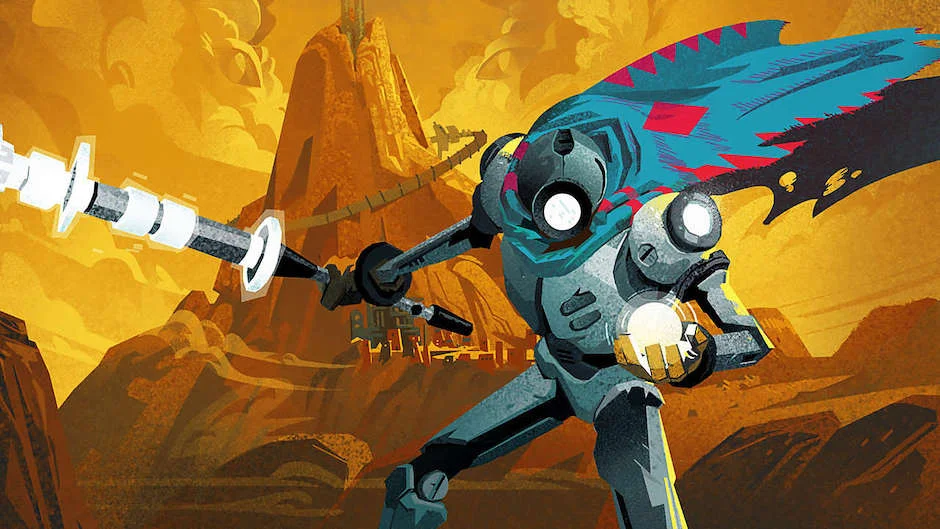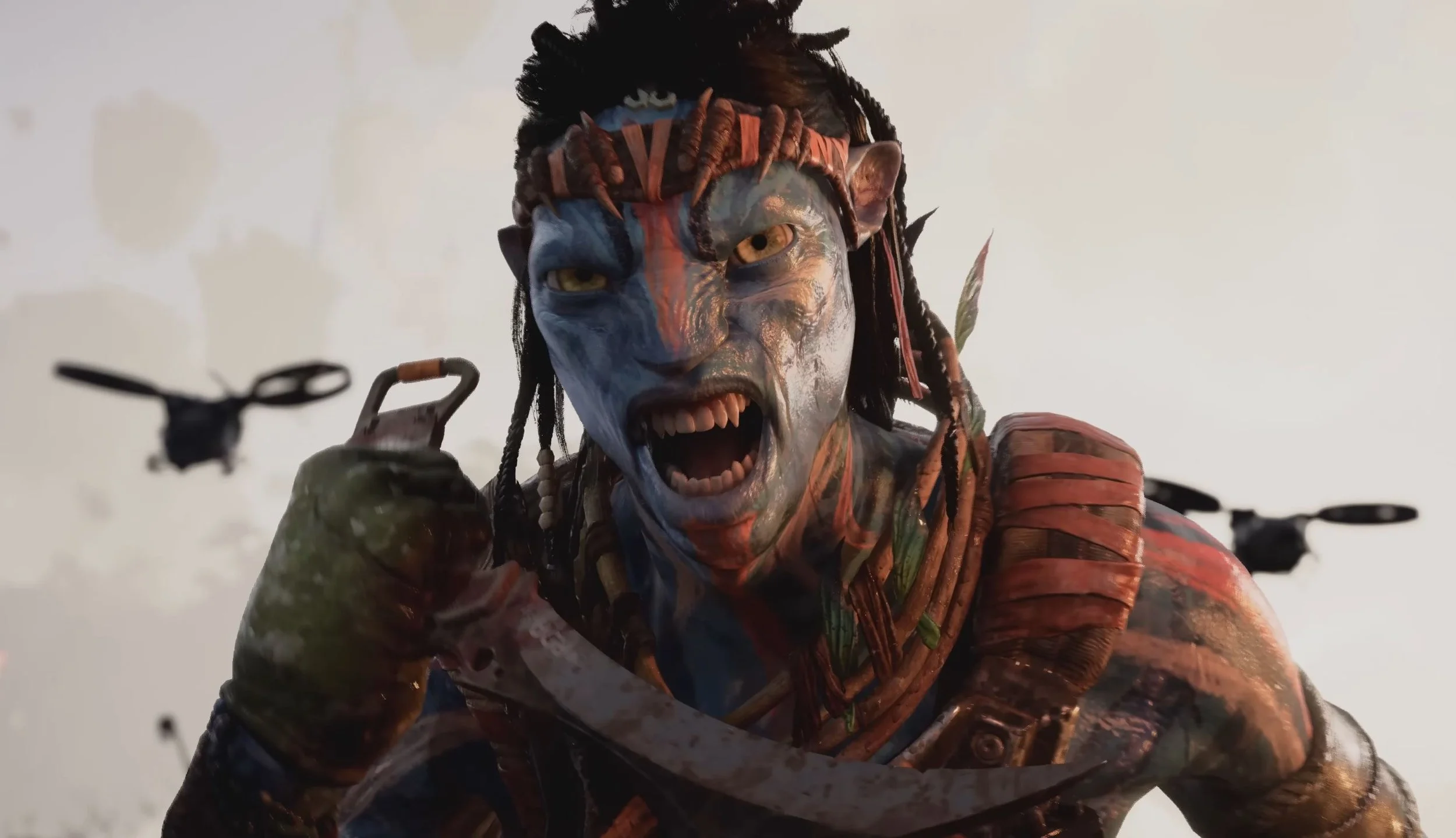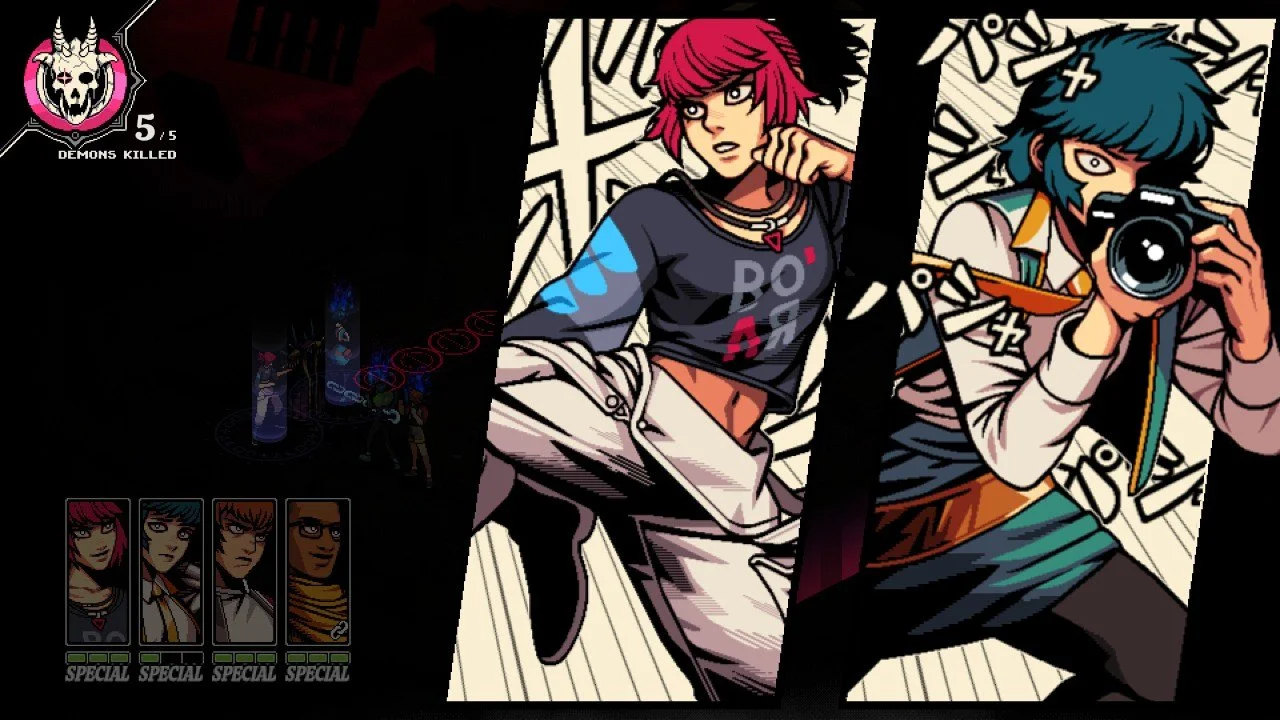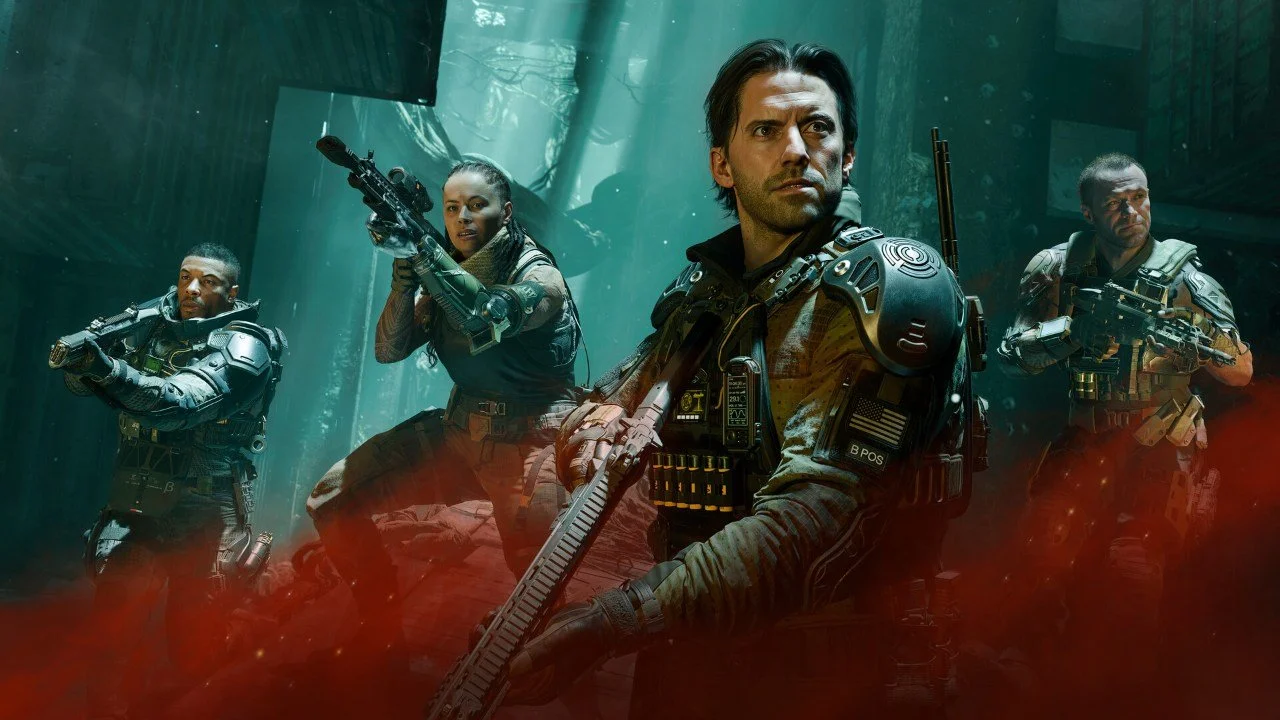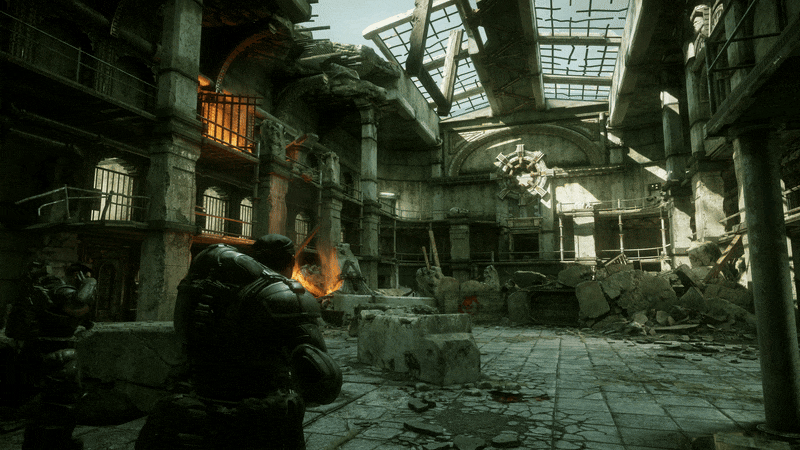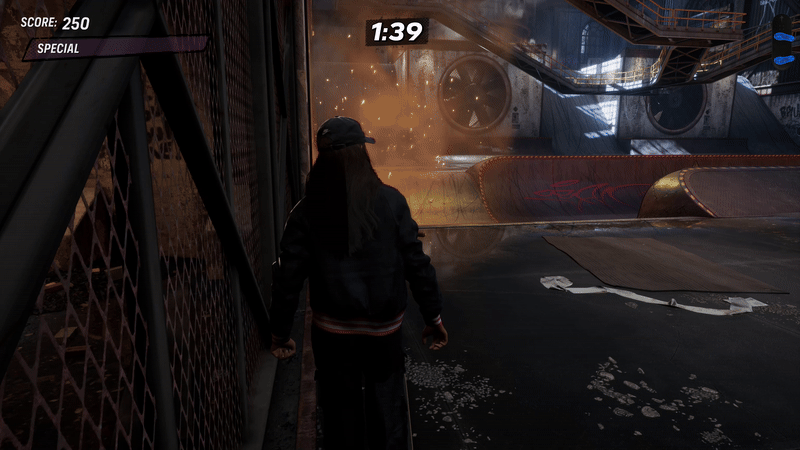Steam code provided by Ars Goetia
The Blind Prophet is a point-and-click adventure from Ars Goetia. The immersive art direction of the game reflects the aesthetic of a mature graphic novel, and the bloody violence of the narrative reinforces that atmosphere. As I mentioned in my initial reaction to the game’s demo four months ago, The Blind Prophet looks like something I would want to read. The beautiful environment drags players into the murky depths of Rotbork, the perverse city setting of the game. The point-and-click mechanics enable players to explore the twisted world of The Blind Prophet as Bartholomeus, an apostle of God, who has been sent to cleanse the demonic corruption in Rotbork.
STORY
The story begins as Bartholomeus lands in Gore Bay, the harbor district of Rotbork. Without spoiling any of the narrative progression, apostles are individuals sent with a divine purpose to remove the taint of demonic influence from the world and free humans from the evil grasp of these powerful entities.
Bartholomeus has been successfully defending heaven’s creation for centuries, but he’s about to encounter his greatest challenge to date.
More is happening beneath the surface of Rotbork, and evil has deep roots in the city.
GAMEPLAY
Ars Goetia has created over 90 panels of art that captures the spirit of Rotbork and builds a dark environment for players to explore. Moving through still shots of the city, Bartholomeus will navigate rooms, buildings, and passageways to talk with the citizens of Rotbork and uncover the mysterious events that threaten the future of the city.
While there are exceptions—minigames that require nimble or timed interactions—most of the game involves classic pointing and clicking. The environment includes options for Bartholomeus to observe, take, use, or discuss. The four actions encompass almost all of the gameplay in The Blind Prophet.
In the dark and dreary streets of Rotbork, it might be difficult to distinguish objects or people that Bartholomeus should investigate, though, so the developers incorporated a feature known as “the apostle’s sight” which enables players to identify all elements on a particular art panel that can be inspected. It avoids players dragging the cursor across the screen endlessly, searching for that missing interaction.
The observations of Bartholomeus are sometimes amusing, sometimes unnecessary, but they always underscore how out of place the apostle is in the modern world. He’s a lonesome traveler, and the vagaries of the men and women in Rotbork bemuse him.
Puzzles, traps, and fights provide a much-needed diversion from the ordinary gameplay. The story requires Bartholomeus to overcome numerous obstacles and demons of different natures, so these mechanics are a unique way of interjecting new elements into the game. Defusing bombs, opening secret passageways, devising strategies to kill bosses. There are a variety of interactions that spice up the narrative.
For a point-and-click adventure, the gameplay is satisfying. Fans of more engaging genres might be frustrated by the muted experience, but The Blind Prophet does a good job of creating a mature story for gamers intrigued by the classic game format.
VISUALS
The artwork in The Blind Prophet is the best part of the game. It’s a visually-impressive experience that draws the player into the seedy underbelly of Rotbork and all of its shadowy goings-on. Baptiste Miny and all other developers involved with the illustrations in the game deserve a round of applause.
For fans of graphic novels, this is one that you can actually play. For fans of point-and-click adventures, this is one that will surprise you. For fans of alluring illustrations, The Blind Prophet will not disappoint.
REPLAYABILITY
The replay value of the game does suffer quite a lot, though. The narrative is rigidly linear. There are not multiple ways to explore any one part of the story. Everything must be done in order, which leaves very little to experimentation or exploration.
Players are not really encouraged to manipulate the environment or determine the course of the apostle’s path on their own.
At many points in the game, the linear design of the story forces players to skim the surface of Rotbork rather than sift through the murky depths. It’s a design choice that ultimately hamstrings The Blind Prophet rather than enhances it.
WHAT IT COULD HAVE DONE BETTER
Other than the lack of replayability, The Blind Prophet does suffer from other gameplay issues.
Often, the English translation does not read smoothly, due to misspellings and other typos or awkward syntax that jumbles the dialogue and exposition in the game. For something that looks and plays like a graphic novel, the point-and-click adventure is decidedly less compelling with these mistakes.
Also, I experienced occasional crashes or bugs in the game when a scene would resolve, but the next panel was devoid of interactions. These errors required the game to be rebooted before the panel would properly load the interactions for Bartholomeus to continue the story. It was an easy fix, but the problem still pulled me away from the gameplay in a dissatisfying way.
Finally, the narrative buckles under the weight of its own theological and moral weight. The characters are stiff archetypes rather than fully-fleshed individuals. The dialogue is laughable at times, and it never quite feels like an authentic story worth investing time and energy. It’s all just too much. Bartholomeus is the brooding, isolated hero. The demons that he faces are naturally too arrogant and self-righteous to take him as a threat. The quirky tattoo artist Vic is the naïve but well-meaning acquaintance.
It’s nothing new, and that’s unfortunate because it really is a pretty game. It’s just nicer to look at than to play.
VERDICT
If point-and-click adventures are your kind of thing, then the excellent art design of The Blind Prophet might be enough to lure you in, but it will be an uphill battle for this beautiful yet flawed game.





